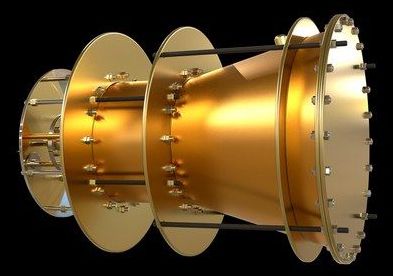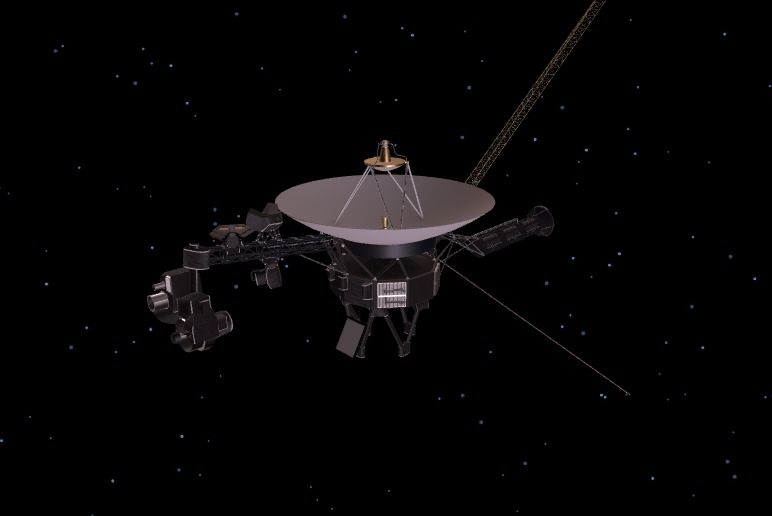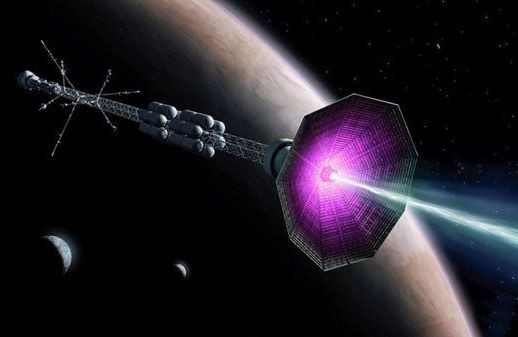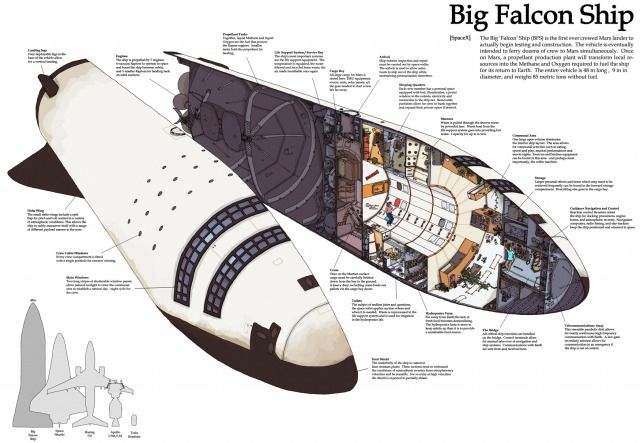50 years ago today, Apollo 11 landed on the moon. It took 4 days and an incredible mid-flight rotation to accomplish.
Category: space travel – Page 386
Who owns the Moon? | The Economist
50 years after the first Moon landing, humanity is getting ready to go back. Countries and companies are planning dozens of lunar missions—for research, for resources and even for tourism, which begs the question: who, if anyone, owns the Moon?
Click here to subscribe to The Economist on YouTube: https://econ.st/2xvTKdy
Who owns this? Is it America — the country that planted a flag on it?
Or this man — who has been selling plots of it for almost 40 years?
Or is it us — and anyone else who bought one and has the certificate to prove it?
Today many believe the Moon could be the next frontier for tourism, space exploration or even the mining of precious natural resources. Which means this question might be about to become a lot more important.
In 1969 an estimated 650m people watched as Neil Armstrong took his first step on the surface of the Moon. Five more landings followed. And then for almost 50 years no humans went back. That is about to change.
There are dozens of lunar missions planned over the next 20 years and some will carry crews. The first to land could be in 2024 when NASA hopes to send a crew to the lunar south pole — where it’s believed water may be frozen in craters. That crew may well include the first woman to land on the Moon.

As the world celebrates the landing of American astronauts to the Moon
As the world celebrates the landing of American astronauts to the Moon, a crown just landed on the head of a Filipina conquering the Universe! #Apollo11 #Apollo50th #MissUniverse

NASA’s Fuel-less Space Engine Has Been Tested
Spaceflight is hard. Blasting heavy cargo, spacecraft, and maybe people to respectable speeds over interplanetary distances requires an amount of propellant too massive for current rockets to haul into the void. That is, unless you have an engine that can generate thrust without fuel.
It sounds impossible, but scientists at NASA’s Eagleworks Laboratories have been building and testing just such a thing. Called an EmDrive, the physics-defying contraption ostensibly produces thrust simply by bouncing microwaves around inside a closed, cone-shaped cavity, no fuel required.
The device last made headlines in late 2016 when a leaked study reported the results of the latest round of NASA testing. Now, independent researchers in Germany have built their own EmDrive, with the goal of testing innovative propulsion concepts and determining whether their seeming success is real or an artifact.

NASA’s Voyager twins refuse to die
It’s been almost 42 years since NASA sent its two Voyager spacecraft on record-breaking missions, and both of the decades-old robots are still alive. Voyager 1 and 2 are 13.5 billion and 11.1 billion miles from Earth, respectively, and it’s up to NASA engineers to ensure they remain up and running for as long as possible.
As the agency reveals in a new update, mission managers recently decided to shut down one of the heaters on Voyager 2 which is designed to keep its cosmic ray subsystem (CRS) instrument at a comfortable temperature. This was done to conserve energy, but the CRS itself miraculously still works, despite dipping well below the temperatures it was tested at over four decades ago.

SpaceX pinpoints cause of Crew Dragon explosion, looks forward to safer spacecraft
The cause of a SpaceX explosion that resulted in the destruction of a crew capsule and sent orange smoke into Space Coast skies has been pinpointed, the spaceflight company confirmed Monday.
Just 100 milliseconds before an uncrewed Crew Dragon capsule fired its eight SuperDraco thrusters during a test at Cape Canaveral Air Force Station on April 20, the capsule exploded, leaving Landing Zone 1 littered with fire, debris and chemicals. The cause, SpaceX said, was traced down in recent weeks to a reaction between a liquid oxidizer – nitrogen tetroxide, or NTO – and a titanium check valve, which caused an ignition and the subsequent explosion.
According to accident investigators, a component allowed nitrogen tetroxide to leak into the spacecraft’s pressurization system tubes well before testing began. When the pressurization system activated and attempted to simulate a firing of the SuperDraco thrusters, a “slug” of the NTO that had leaked into the tubes was blasted through at high speed, resulting in ignition with the titanium valve.
Meet the women behind NASA’s historic Apollo 11 launch
Tuesday marks 50 years since three men in space suits set off on the greatest scientific adventure of all time. As the astronauts of Apollo 11 headed to the moon, the women of NASA were blazing new trails on Earth. “CBS Evening News” anchor Norah O’Donnell has their story.
Watch Full Episodes of the “CBS Evening News” HERE: http://cbsn.ws/23XekKA
Watch the latest installment of “On the Road,” only on the “CBS Evening News,” HERE: http://cbsn.ws/23XwqMH
Follow “CBS Evening News” on Instagram: http://bit.ly/1T8icTO
Like “CBS Evening News” on Facebook HERE: http://on.fb.me/1KxYobb
Follow the “CBS Evening News” on Twitter HERE: http://bit.ly/1O3dTTe
Follow the “CBS Evening News” on Google+ HERE: http://bit.ly/1Qs0aam
Get your news on the go! Download CBS News mobile apps HERE: http://cbsn.ws/1Xb1WC8
Get new episodes of shows you love across devices the next day, stream local news live, and watch full seasons of CBS fan favorites anytime, anywhere with CBS All Access. Try it free! http://bit.ly/1OQA29B
–
The “CBS Evening News” premiered as a half-hour broadcast on Sept. 2, 1963. Check local listings for CBS Evening News broadcast times.


Have fusion, will travel
The idea of propelling rockets and spaceships using the power of the atom is nothing new: the Manhattan Project in the mid-1940s as well as countless endeavours by NASA in the following decades all explored the possibility of using fission-based reactions to provide lift-off thrust. Today, progress made in controlled nuclear fusion has opened a new world of possibilities.

This imaginative drawing liked by Elon Musk reveals just how crazy SpaceX’s first missions to Mars will be
Elon Musk, the founder of the rocket company SpaceX, has “aspirational” plans to launch people to Mars in 2024 and ultimately colonize the red planet.
To make the roughly six-month one-way journey, Musk and his engineers have dreamed up a 347-foot-tall launch system called the Big Falcon Rocket, or BFR. The spacecraft is designed to have two fully reusable stages: a 19-story booster and a 16-story spaceship, which would fly on top of the booster and into into space.
SpaceX employees are now building a prototype of the Big Falcon Spaceship at the Port of Los Angeles. Gwynne Shotwell, the company’s president and COO, reportedly said Thursday that the spaceship may start small test-launches in late 2019.